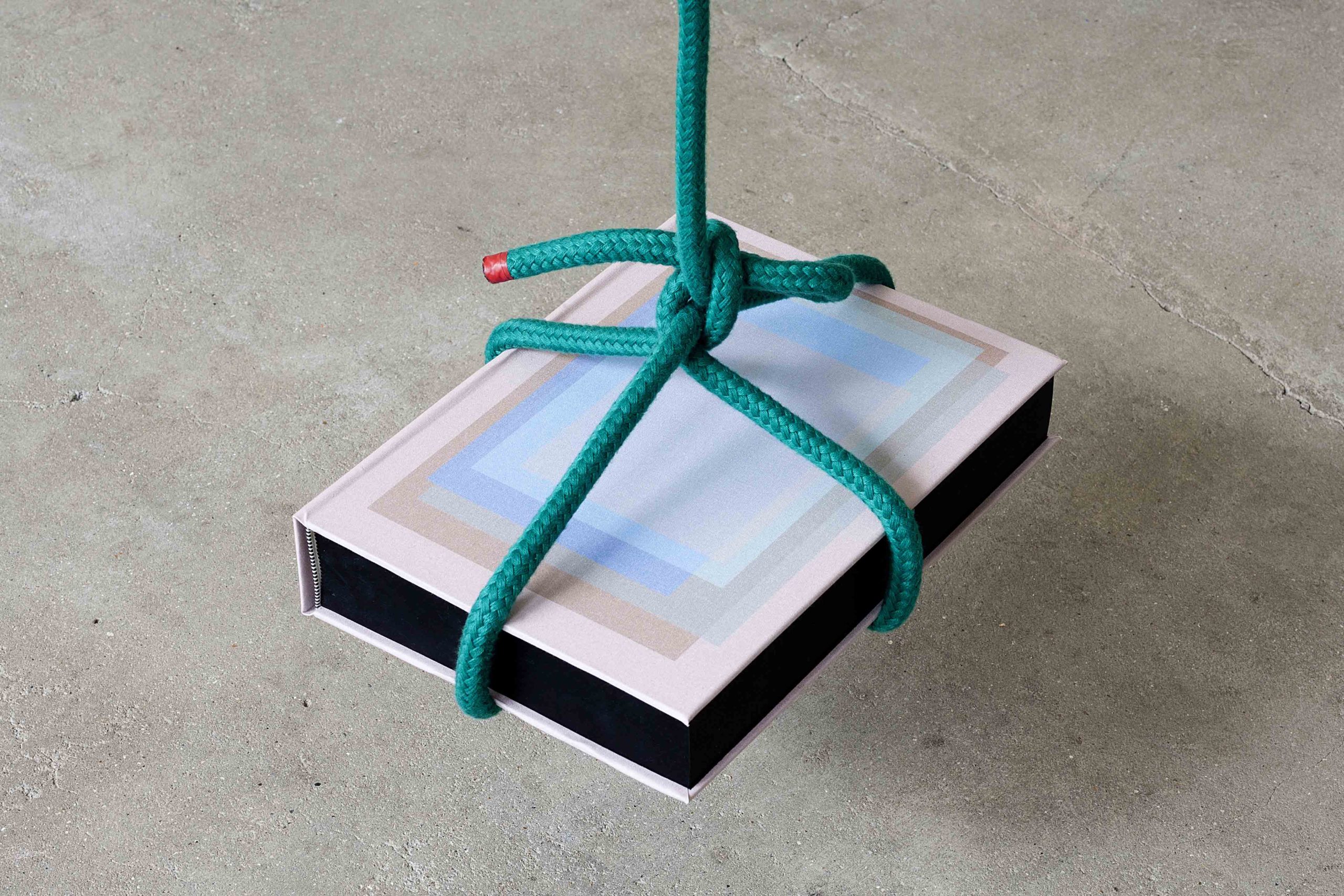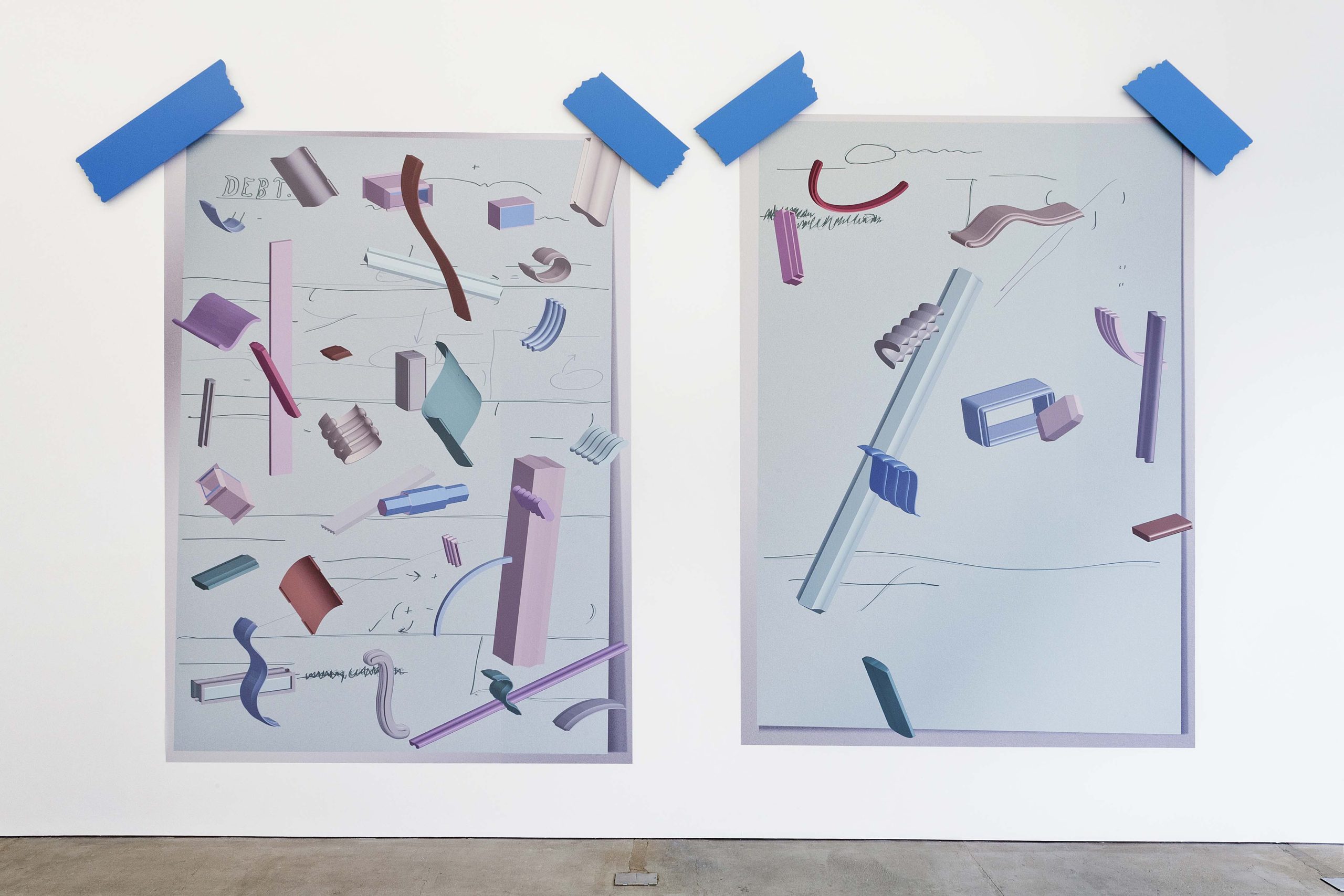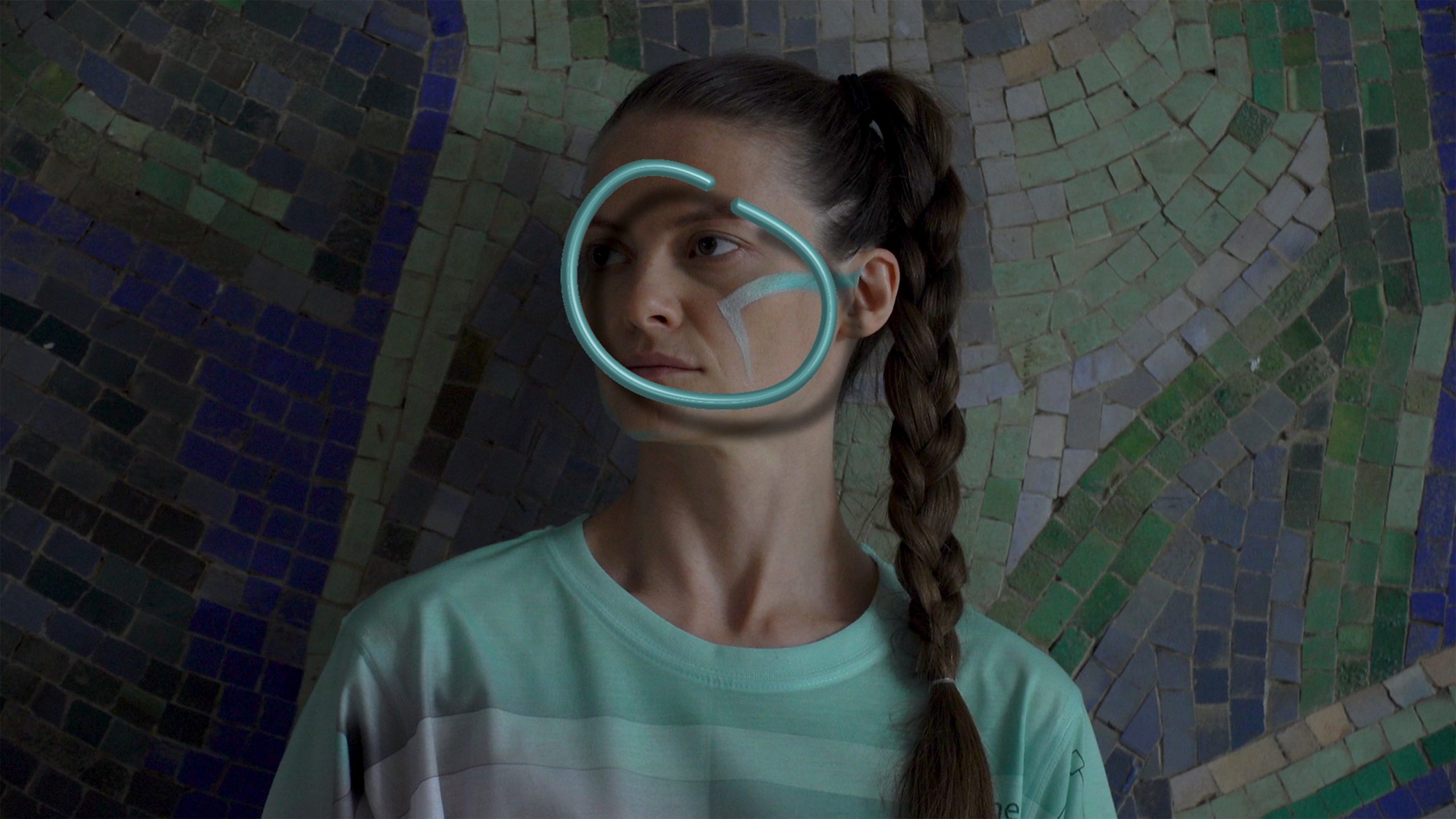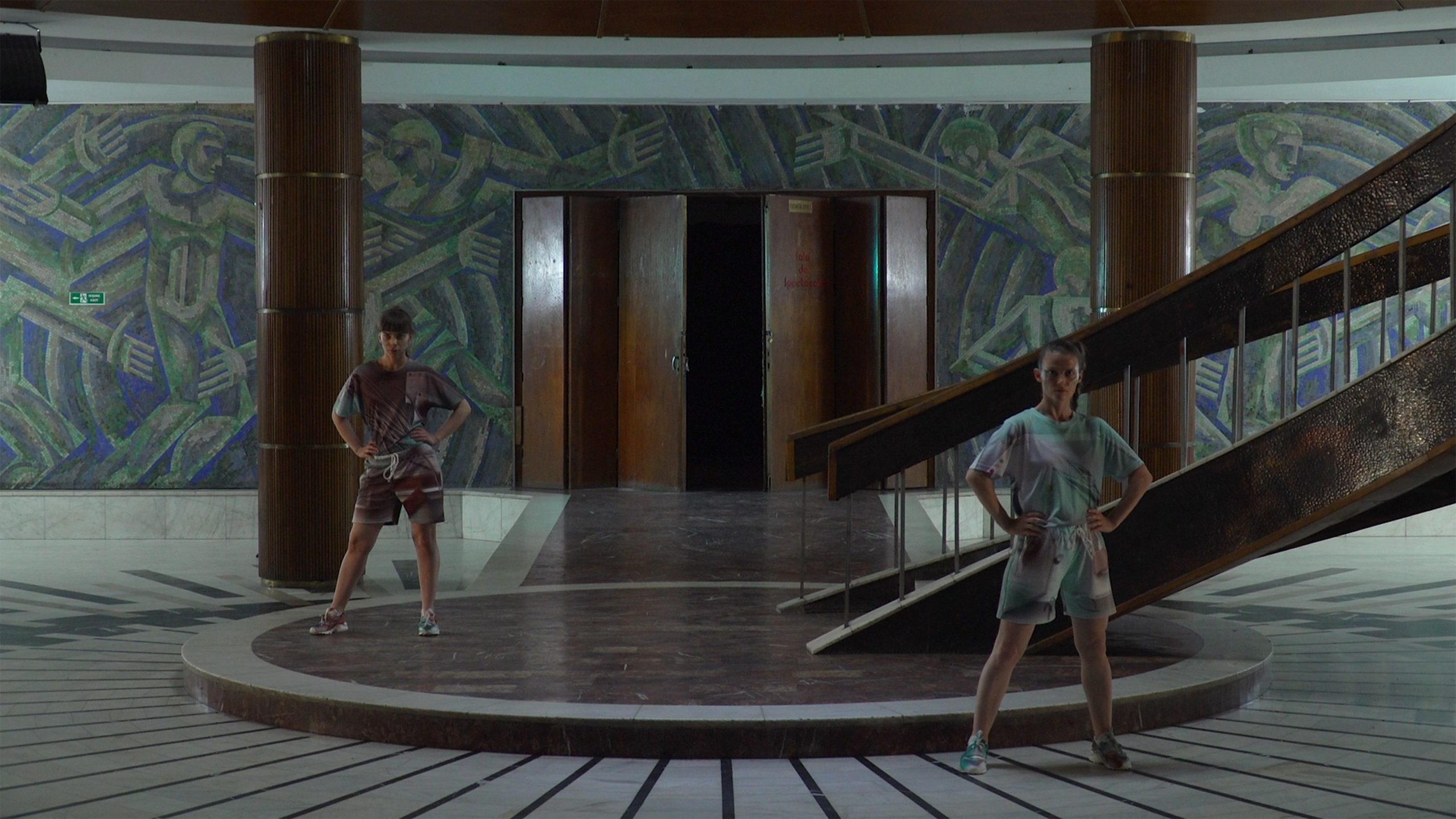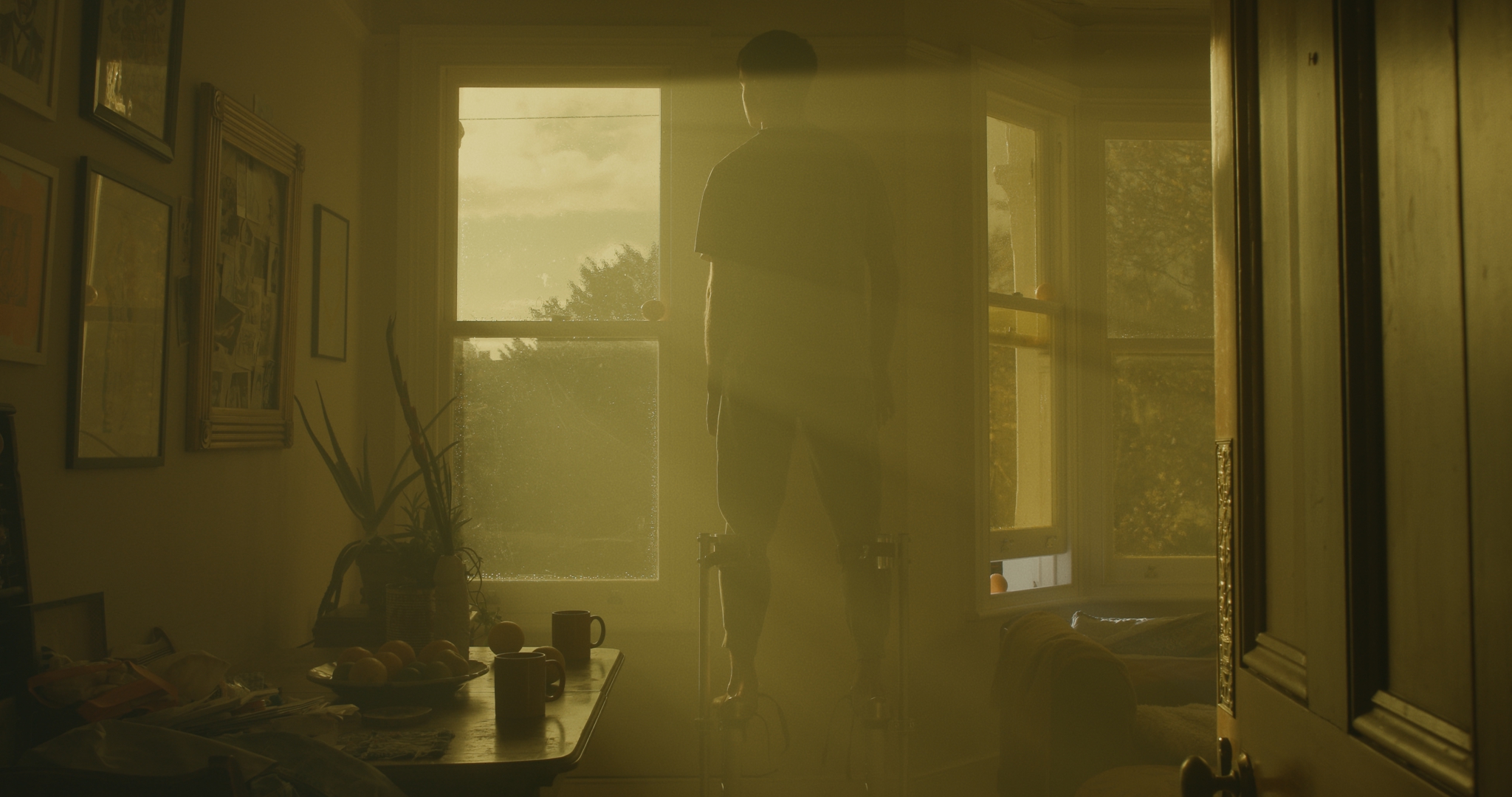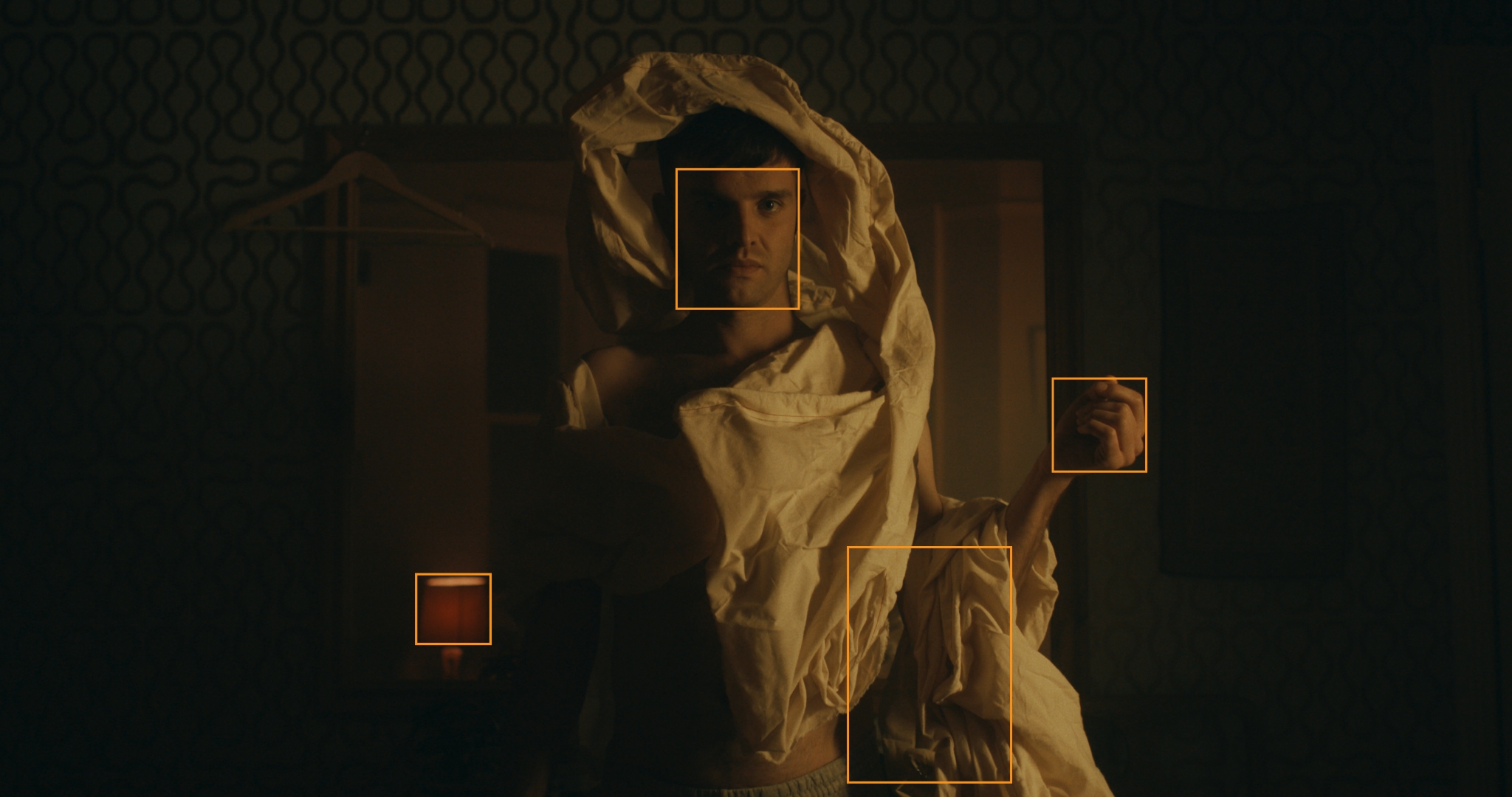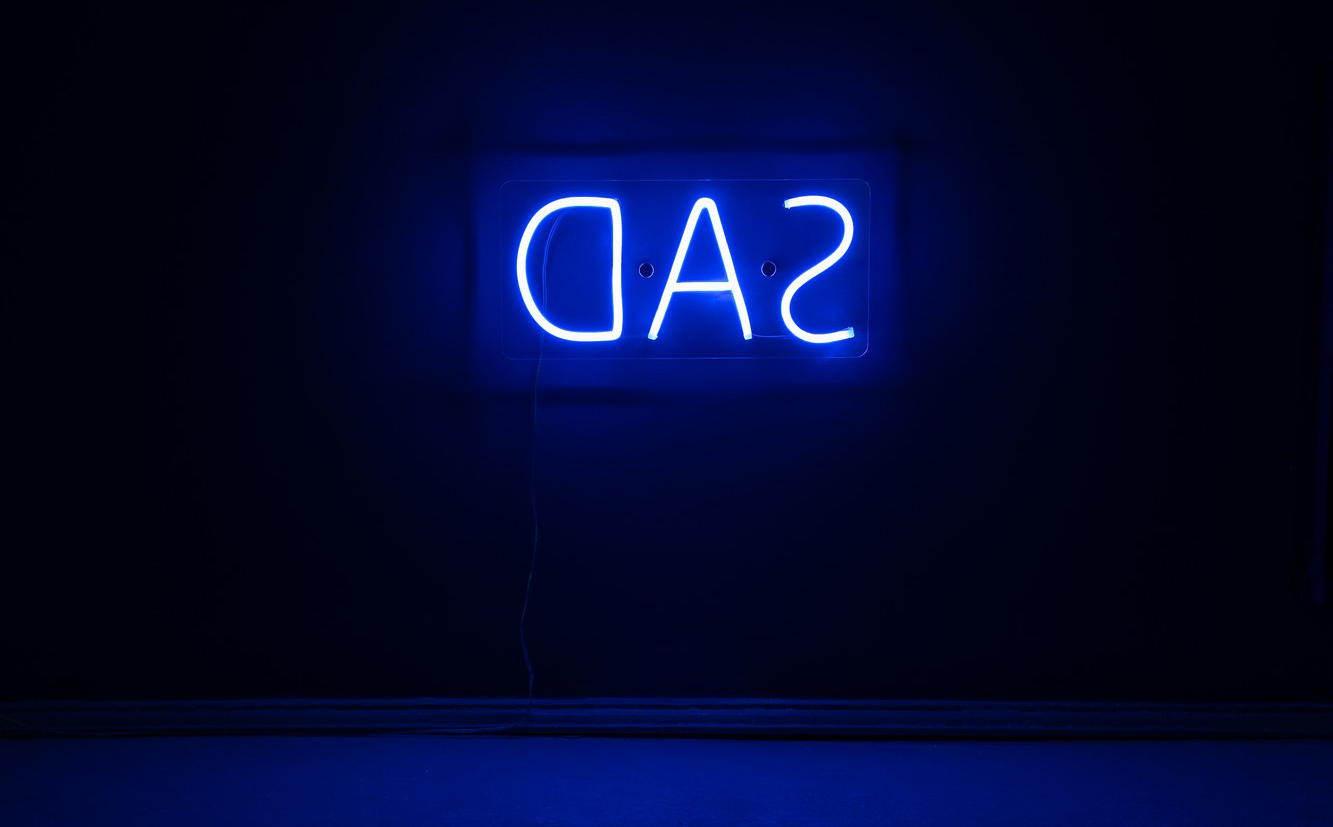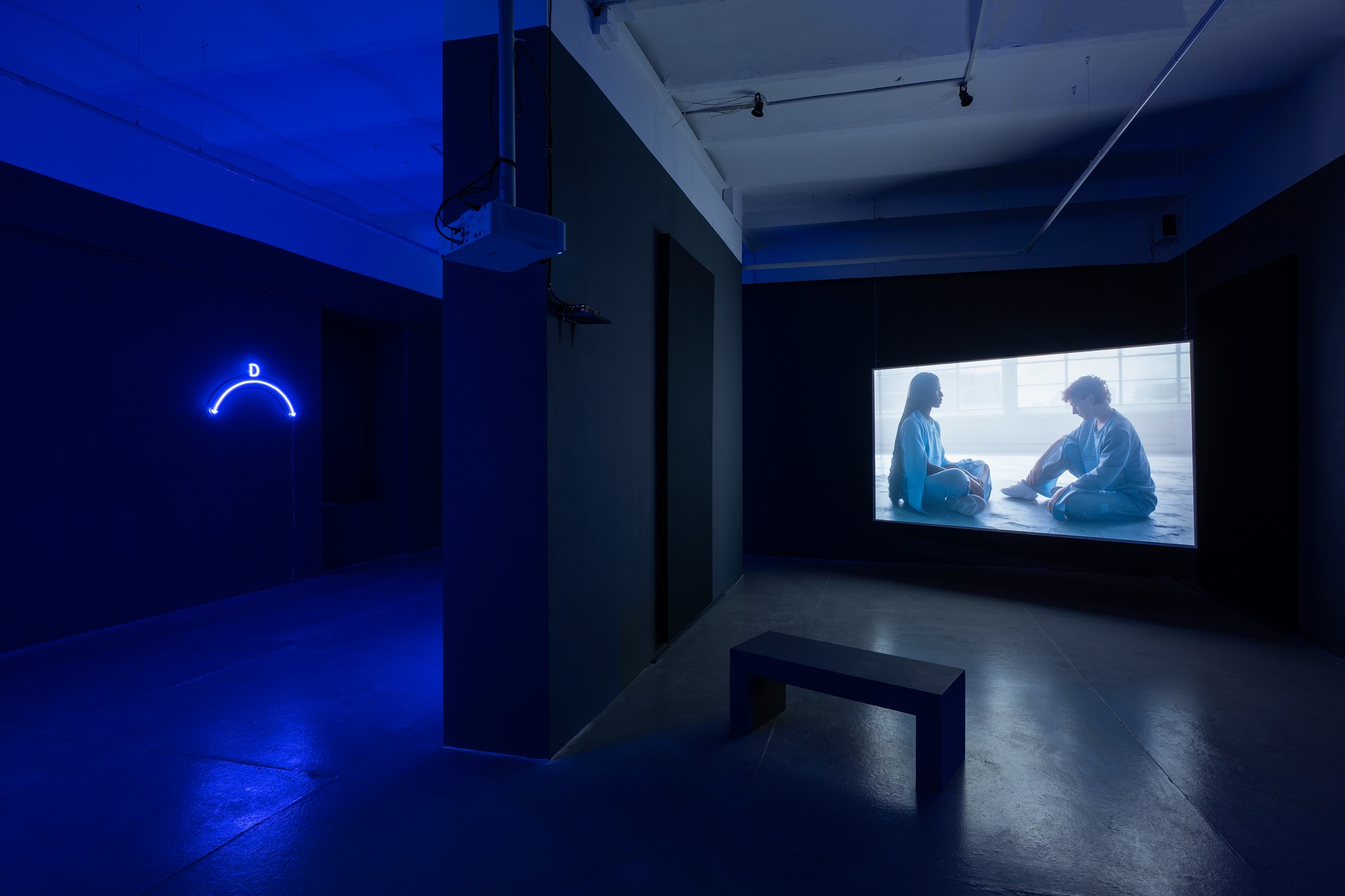Mădălina Zaharia (born 1985, Sighetu Marmației) is a visual artist and filmmaker. She graduated from the University of Arts in Bucharest (Cinema and Media, 2008), and continued her studies at the Byam Shaw School of Art – London (Visual Arts, 2010) and the Royal College of Art – London (Graphics, 2012).
Mădălina Zaharia has exhibited both nationally and internationally, having either individual or group exhibitions, such as TristxtOTL (Ivan Gallery, Bucharest, 2022) and DEBT. (Tintype Gallery, London, 2017), The Staging of an Exhibition, (Ivan Gallery, Bucharest, 2016), Program 2 of Visions in the Nunnery (Nunnery Gallery, London, 2022), VIDEO+RADIO+LIVE (co-lateral event of the Art Encounters Biennial 2021; Casa Artelor, Timișoara; 2021), Secret Language (Ivan Gallery, Bucharest, 2021), So Far So Good (Budapest Gallery, Budapesta, 2020) Viral self-portraits (Moderna galerija MG+MSUM, Ljubljana, 2020). She lives and works in London.
We all have an artistic side. Please tell us about the moment when you discovered your artistic calling.
A decisive moment for me was the encounter with the Dada literary-artistic movement which made me understand that art can work outside a rigid aesthetic system. I was a student in the 10th grade, at Mate-Physics, and the idea of a form of expression that relied on chance, nonsense, and irrationality seemed extremely attractive to me at the time. Then I realized that my path would take another turn, and my relationship with the ‘real’ and the exact sciences would suffer.
In any art form, everything has a root. What are your sources of inspiration?
Over the years I have been influenced and felt close to many artistic and literary movements, but if I were to name just a few examples, I would probably include Ion De Sosa’s film ‘Androids Dream’ (2014), David’s book Graeber ‘Debt: The First 5000 Years’ (2011) and Jordi Colomer’s video installations (notably his 2017 Venice Art Biennale work ‘Unite! JOIN US!’).

What comes first in your artistic approach: spontaneity or research?
Both are equally important – as a rule, the beginning of any new project goes through an intense period of thought and research. The ideas and concepts thus gathered enter along the way in the service of a spontaneous and intuitive way of working in order to be able to manifest artistically and visually.
What is the biggest challenge when you are working on a new exhibition?
The way things occupy and interact with the gallery space is one of my main concerns when working on a new exhibition. I am extremely interested in the scenography of that space and how it manages to activate the public’s relationship with the works.
How would you describe your art and how important is it to you to convey a message?
I would say that I practice a discursive type of art, in the sense that I usually start from an idea or a personal experience, and then I use different media and ways of production to translate it visually. Any work of art conveys a message, whether it manifests itself on a conceptual or aesthetic level. As for me, I think I am somewhere in the middle, equidistant between reason and the sublime.
I would like to know what other artistic mediums tempt you to explore in the future. Is there something you would like to try out, but the right context has not come along yet?
Lately, I have started working more and more with film and I would like to expand my knowledge and experience in this direction. I am also very tempted by the screenwriting field, especially in the context of visual arts, and I hope that in the future I can collaborate and experiment in this field as well.
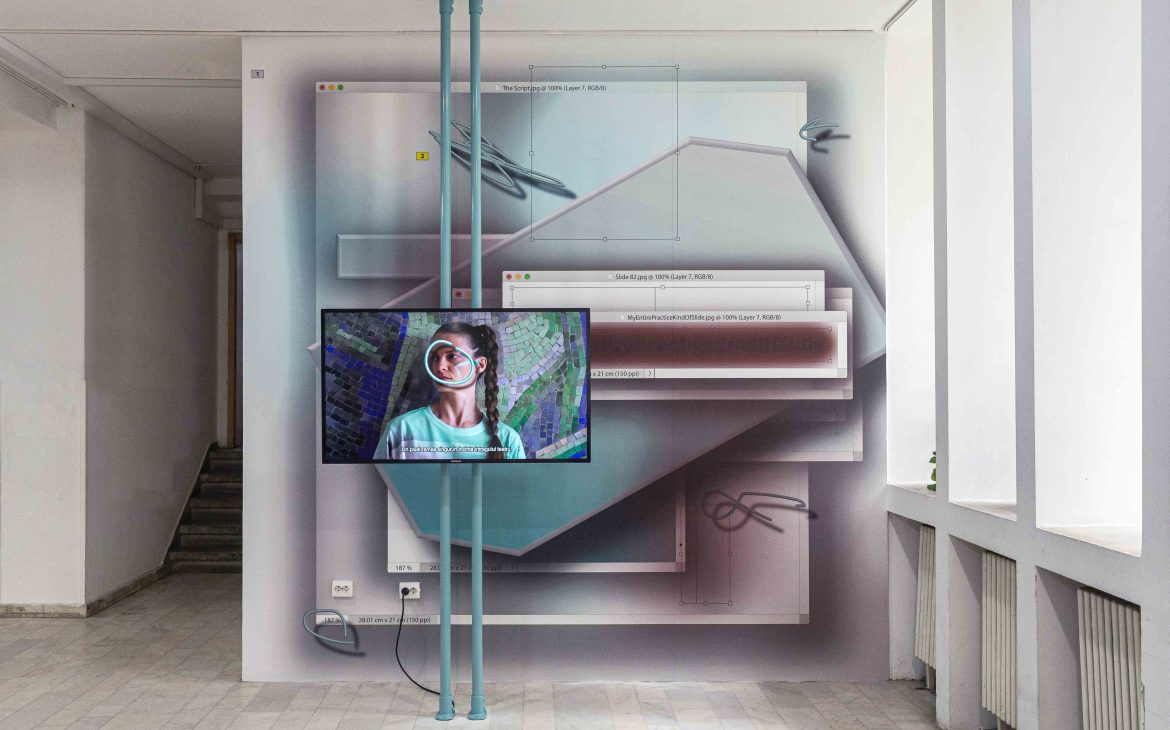
You have been making art for more than 10 years. What is your biggest achievement so far?
The fact that I still practice in the artistic field after more than 10 years? The career of an artist comes with many ups and downs, and the desire to ‘accomplish/ fulfill’ is not necessarily among my current concerns. There is a difference between ‘fulfill’ and ‘fulfilling yourself’ and I think it’s healthy to keep a distance between them.
What are the most fascinating and challenging aspects of your day-to-day work as an artist?
At first glance, my artistic activities are quite difficult to delimit from other activities of an administrative nature: I answer emails, work on budgets, write applications for funding, and contact collaborators. Often the creative side is reserved for the in-between moments, despite the fact that it is the main engine behind this administrative frenzy. Maintaining a balance between the two ways of working is indeed a challenge.
I would like to know what your satisfaction is as an artist. Can you tell me how your art fulfills you?
The writer Gabriel Garcia Marquez said: ‘I write so that my friends love me even more’, and I would say that I make art to love my friends even more. The exchange of ideas and the interaction I have with my collaborators and the people around me represent the greatest satisfactions in my career as an artist.
After graduating from the National University of Arts in Bucharest, you continued your studies at the Byam Shaw School of Art and the Royal College of Art. Tell me, please, what made you study in London and how was your experience in the British academic environment.
I ended up studying in London purely by accident – I moved there at the beginning of 2019 on a romantic impulse and to be close to my loved one. British academia then helped me find a community and develop my creative and artistic interests. It was a very important period for me where I matured and progressed enormously.

How do you perceive the Romanian academic environment compared to the British one? What would you introduce into our university curricula?
I should mention that I left the Romanian academic environment almost 15 years, so I am not very aware of the current situation. I am sure that many things have changed in all this time and I would not want to make suggestions without knowing the current situation. If I were to make a broad parallel between the two educational systems, I would say that the Romanian university environment at that time was very much focused on the development of theoretical knowledge, while the British academic environment encourages more of a practical type of development, with a pronounced individual character.
How did you feel about the transition from the Romanian artistic environment to the international one? How did it help you develop?
Both have had a strong formative character on me and for this reason, I try to maintain a close relationship with both. The artistic environment in Romania represented my first interaction with the area of art from the position of an active participant and prepared me for a possible career in this direction. Instead, the London art world, through its vast and competitive character, taught me to choose where exactly I want to position myself in this whole context and who are the people and institutions with whom I want to work and collaborate in the future.
You currently live and work in London. Why did you choose to activate in the U.K.?
I chose to live and work in London for personal reasons, but also because of the desire to maintain a connection as close as possible with my community of friends and collaborators here. In addition, I was very attracted by the feeling of anonymity and freedom that comes with living in a huge city and always being on the run.
Over time you had the opportunity to exhibit internationally. How was this experience for you?
Any opportunity to exhibit brings with it a multitude of possibilities and connections. For me exhibiting internationally means, first and foremost, interacting with new audiences and initiating diverse conversations and discussions.
The production “Public Figure” – made in collaboration with the poet and performer Ryan Ormonde – won the award for “Best film in the National Competition” at the Bucharest International Dance Film Festival 2021. How did you receive the news and how did this nomination influence your artistic trajectory?
The news took us completely by surprise, especially since our goal was not necessarily to produce a dance film. For this, we are extremely grateful to the British choreographer Daniel Hay-Gordon, who guided us with a lot of imagination and patience. The fact that we won the award for the best film in the national competition encouraged us to continue in this direction, and we are currently working on a new collaborative project.

You recently had your second personal exhibition at Ivan Gallery, an important art gallery in Bucharest. How did the collaboration take shape?
I got to know Marian Ivan better in 2014 when we worked together for the gallery stand at the Frieze Masters art fair in London. This is how we came to be friends and appreciate each other, thus paving the way for a long-term collaboration. In 2016 I had my first solo exhibition in the gallery, ‘Staging an exhibition’, which represents one of the crucial and defining moments of my career as an artist.
Please tell us about how the idea for the TristxtOTL exhibition came about.
The TristxtOTL exhibition was born, like all my other projects, from a deeply personal experience. My artistic endeavors, many times, are a way to understand and know myself better, and TristxtOTL was conceived out of a desire to analyze and redirect my relationship with the feeling of sadness. It fascinates me that the society we live in always urges us to dodge and run away from difficult feelings like bitterness and pain, without offering us an effective way to escape. I thought it important to at least try to discover what happens when, instead of repressing it, I invite my sadness as a collaborator in the creative process.
Sadness and pain are the main emotions you explored through the exhibition TristxtOTL. How do you manage these feelings in your everyday life?
I manage them by making art and trying to understand them from the perspective of an imaginative and authentic discourse. I do not always manage to keep them under control, but in this way, I sometimes discover new ways to manage and interact with the surrounding reality.
How do you feel about the Romanian art scene today?
I think it has grown and diversified a lot in the last ten years and I am delighted to see so many interesting spaces and initiatives active on the local scene.
How does the contemporary public perceive the art you practice?
It is hard for me to give you a concrete answer because I do not necessarily have direct access to the audience of my works. The only ones I get an immediate response from are either close friends, who most of the time have a positive and encouraging attitude towards my projects (hopefully not just out of politeness), or my family and parents, who are often a bit confused by the ideas behind the works. If I were to go by the two reactions, then I think the public perception is somewhere between encouragement and confusion – a good place to start, I say.
What projects are you currently working on?
I am currently working on a new collaboration with poet Ryan Ormonde – ‘The Uprising began with a Cup and Saucer’ – a lyrical experimental documentary that describes the unionization efforts of a group of workers in a central London cinema (which I also made we part). It is a very personal project, which I hope we can materialize in the second half of 2023.
